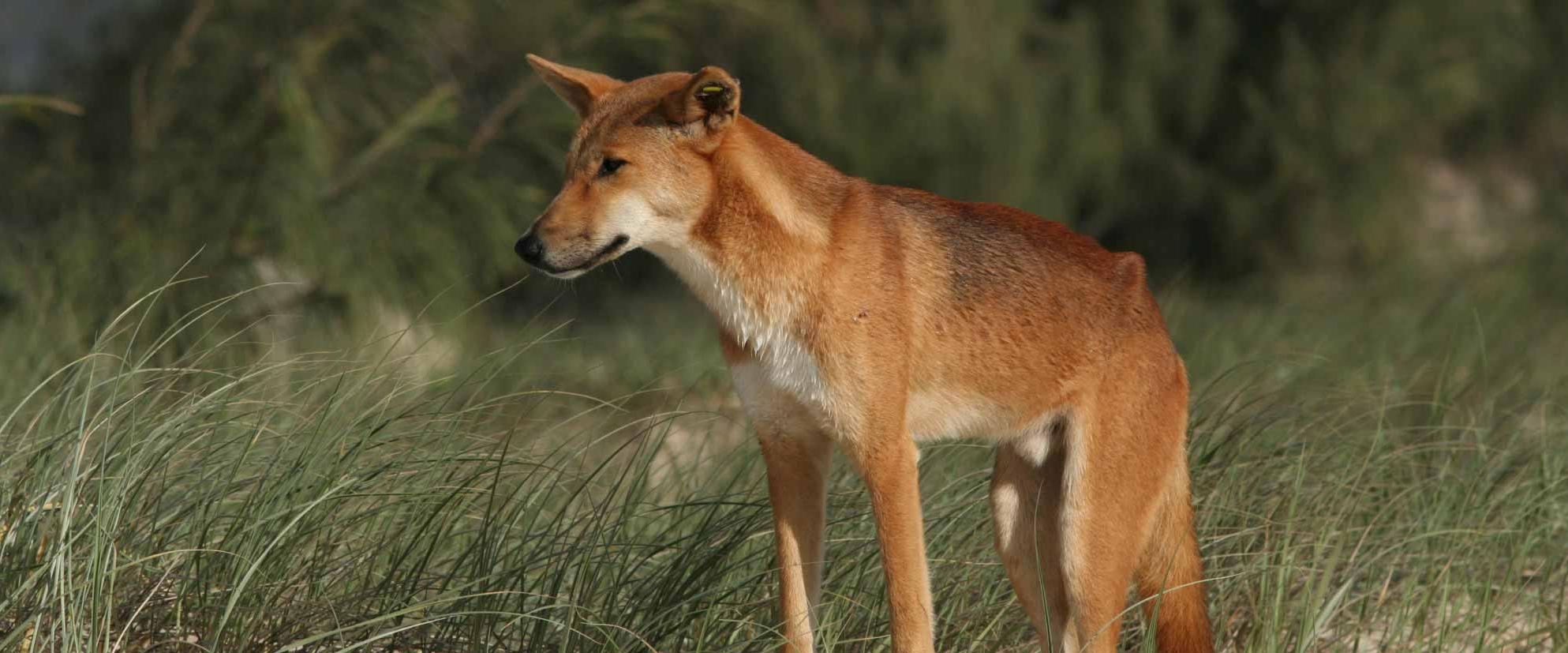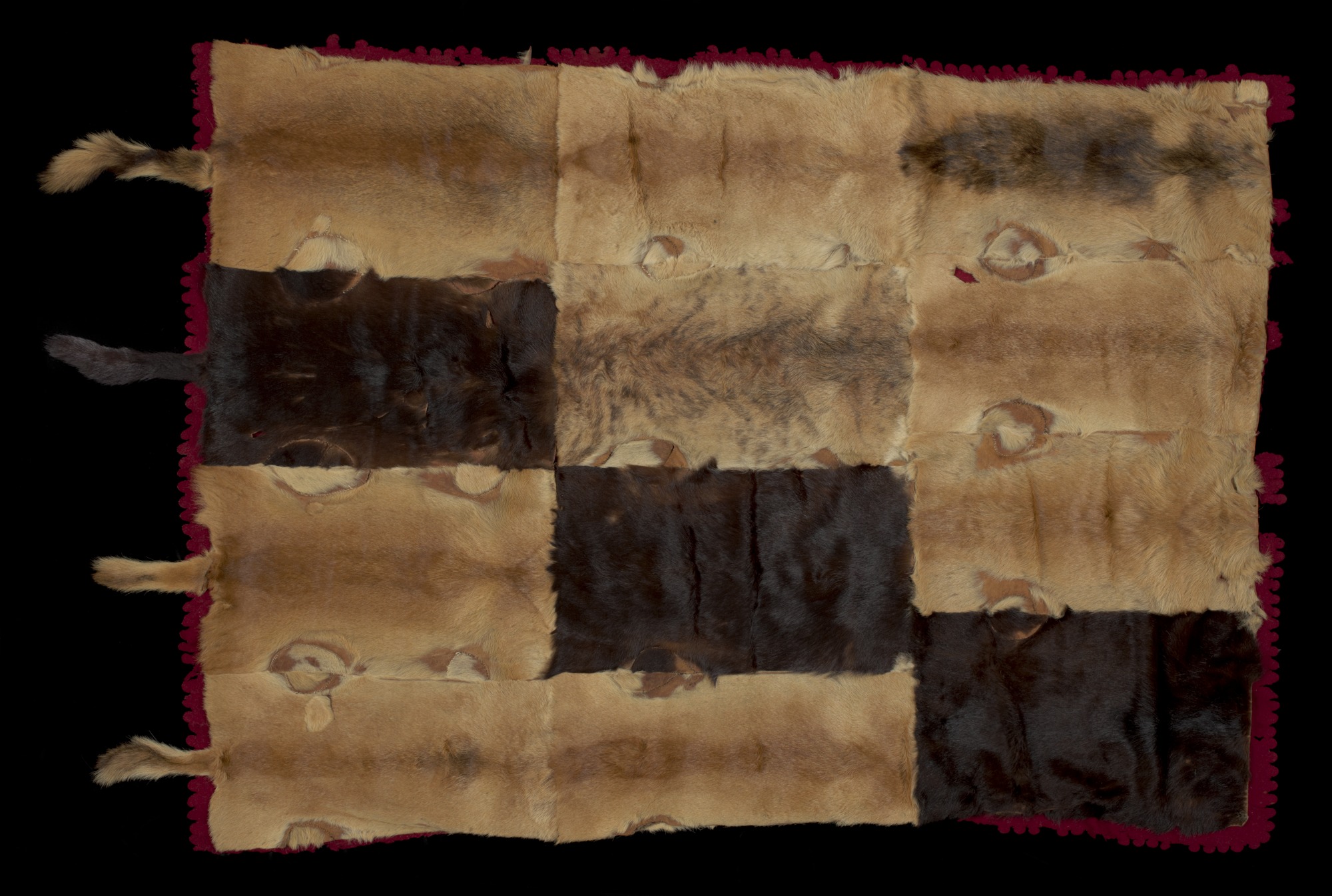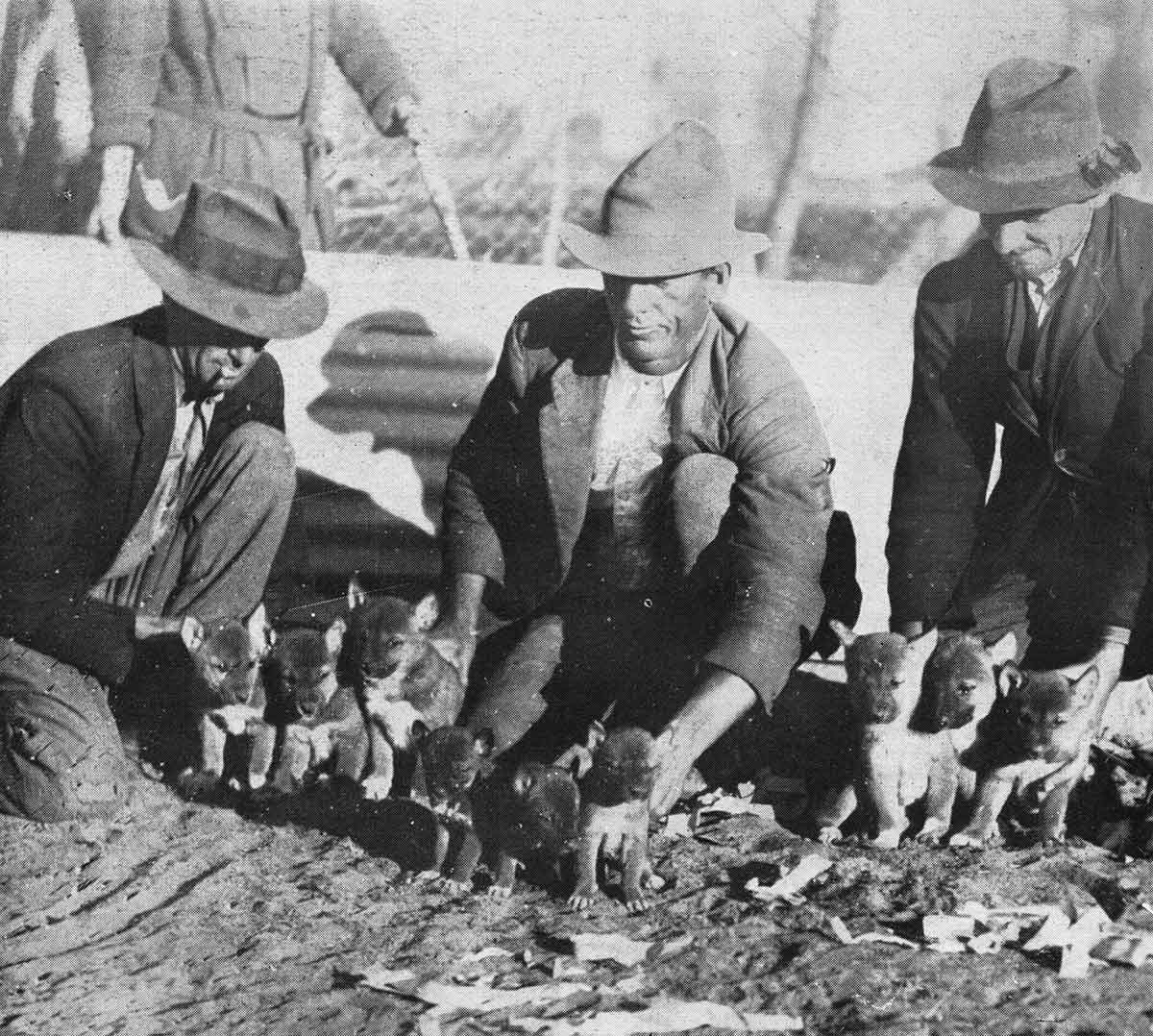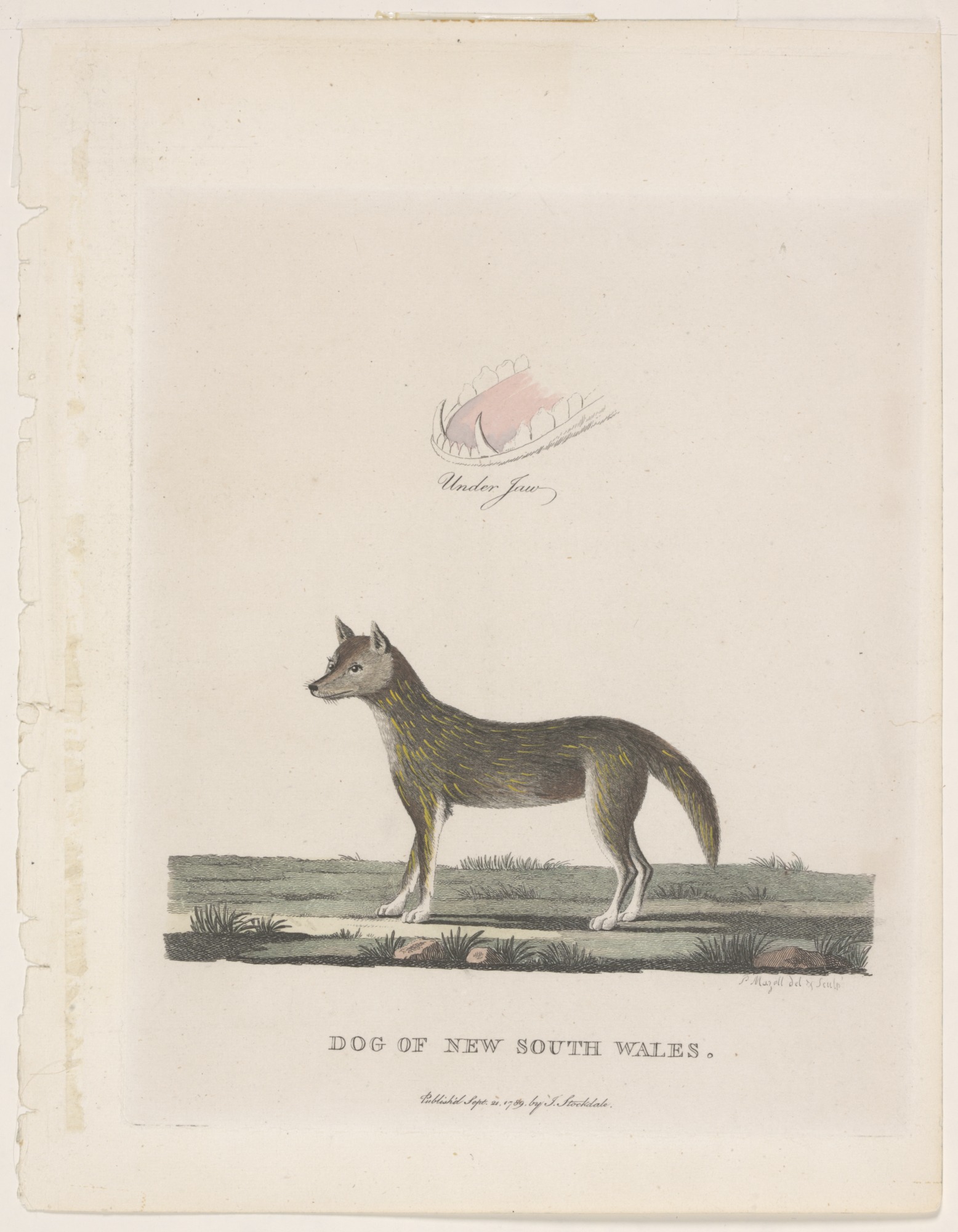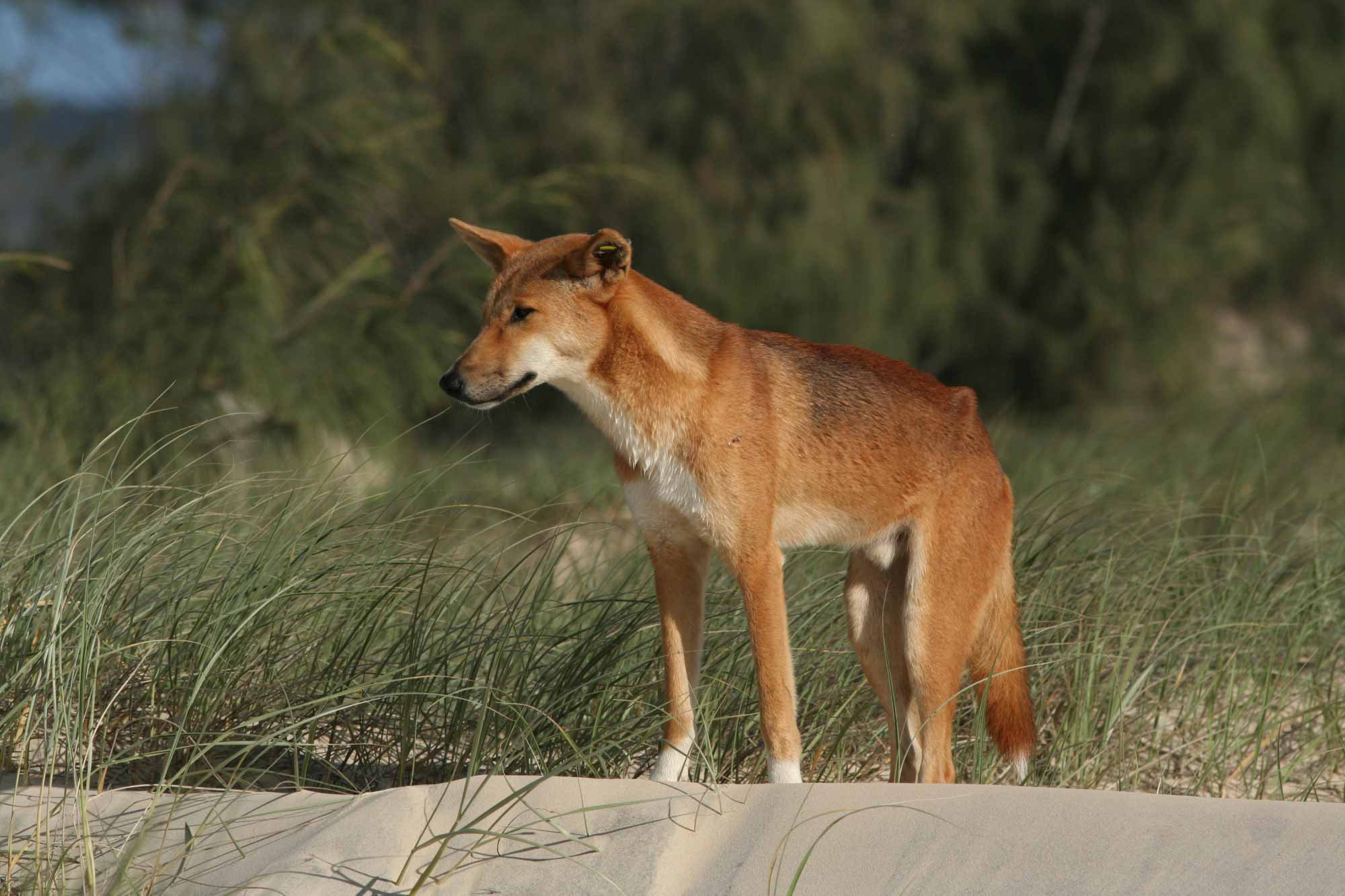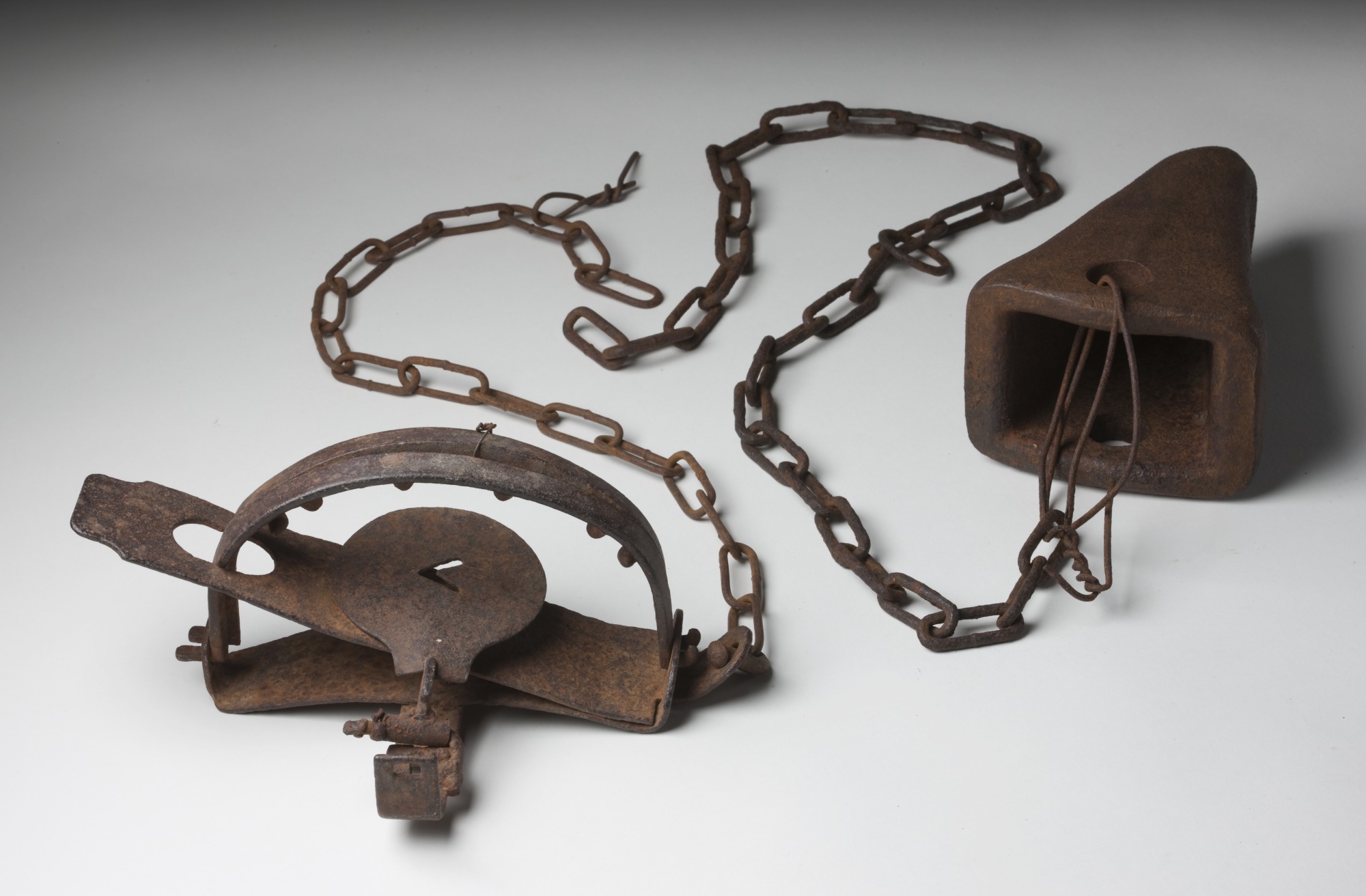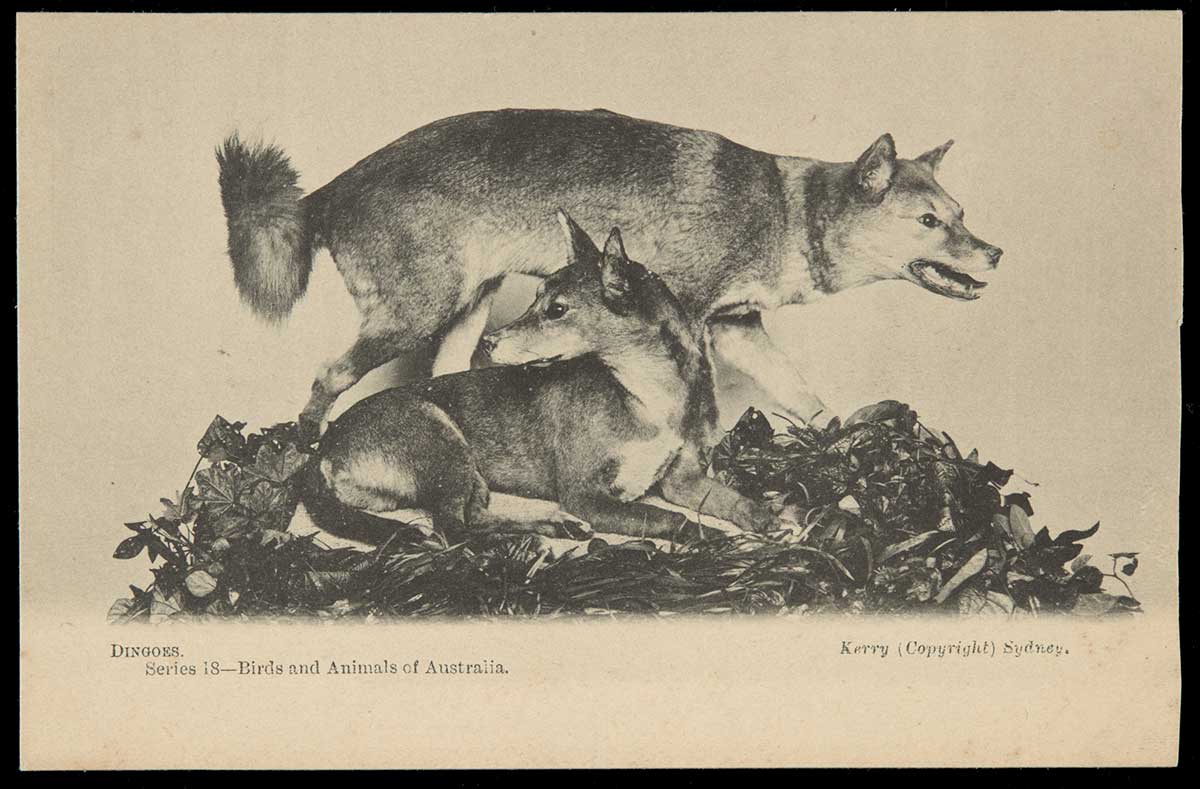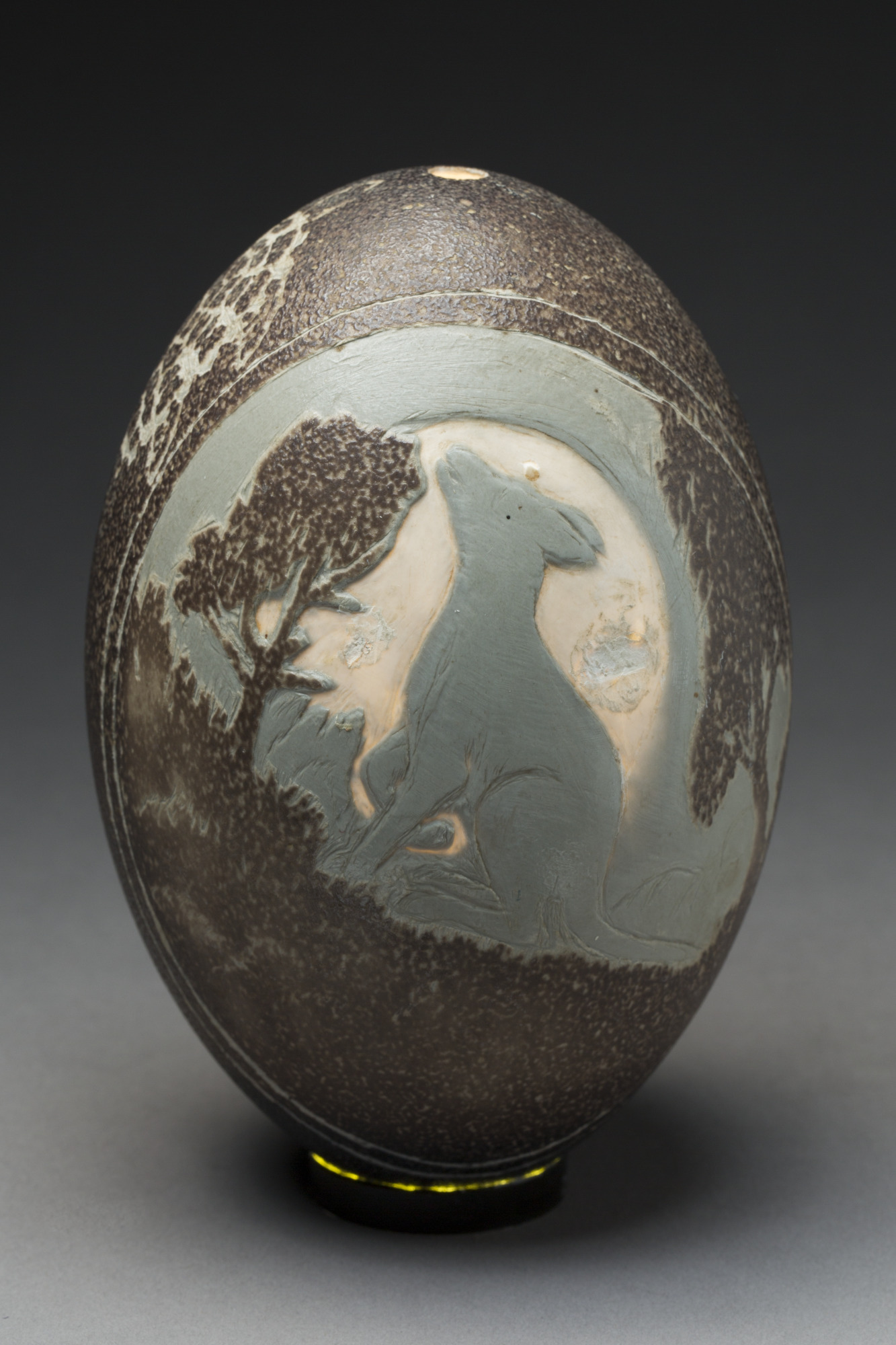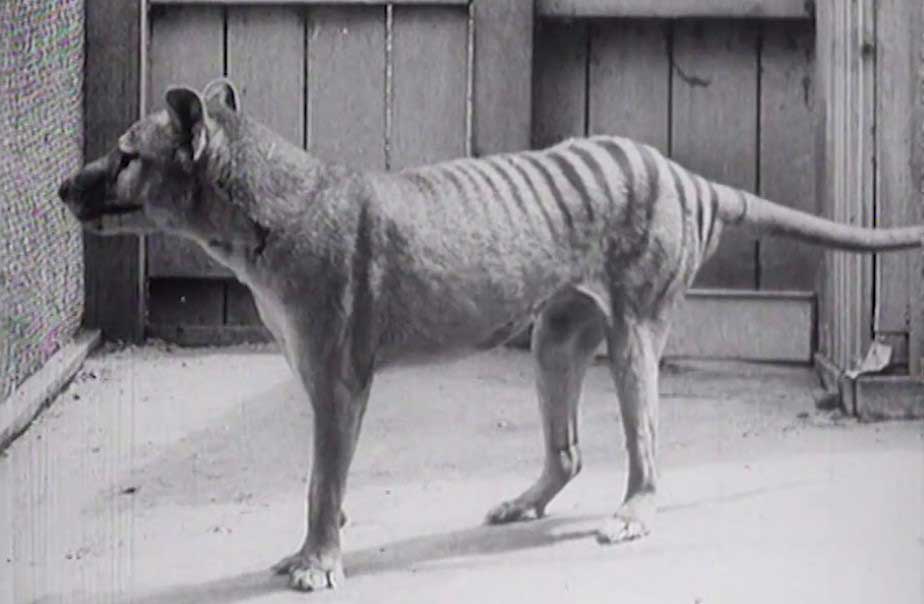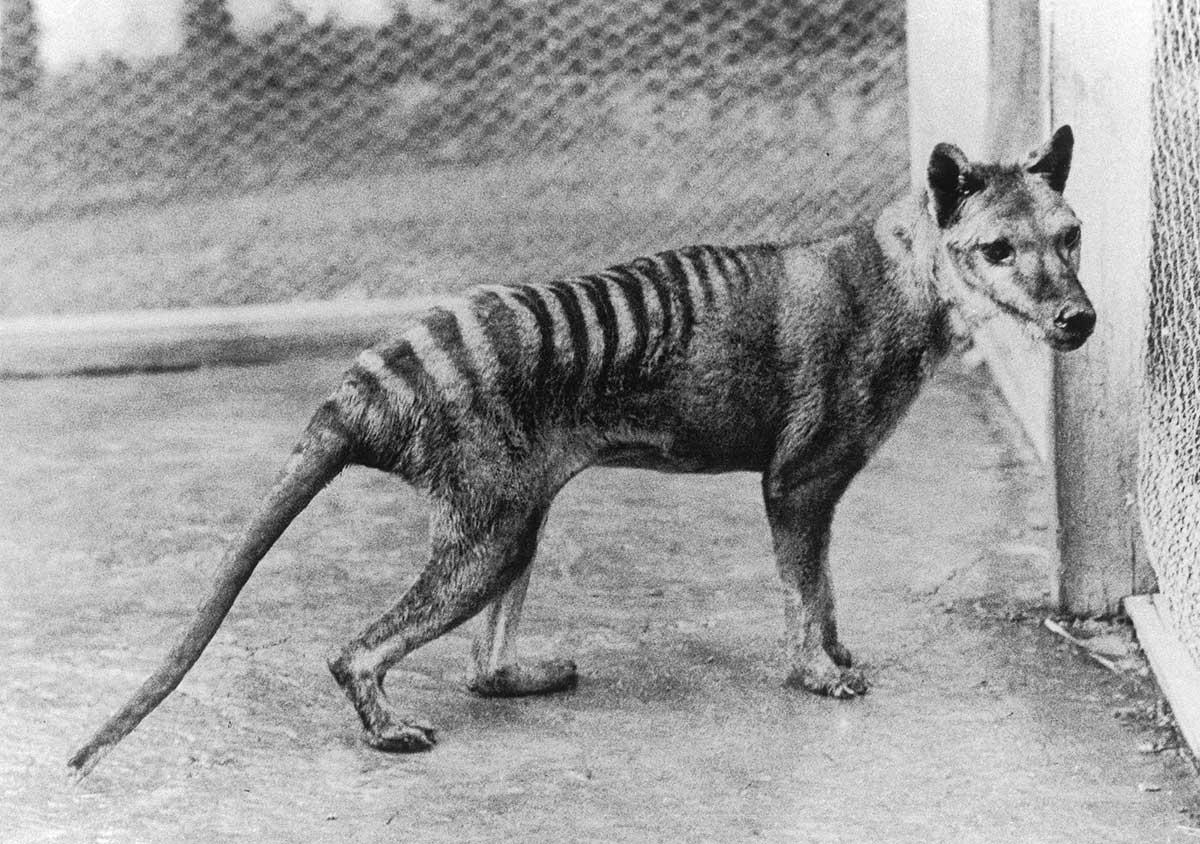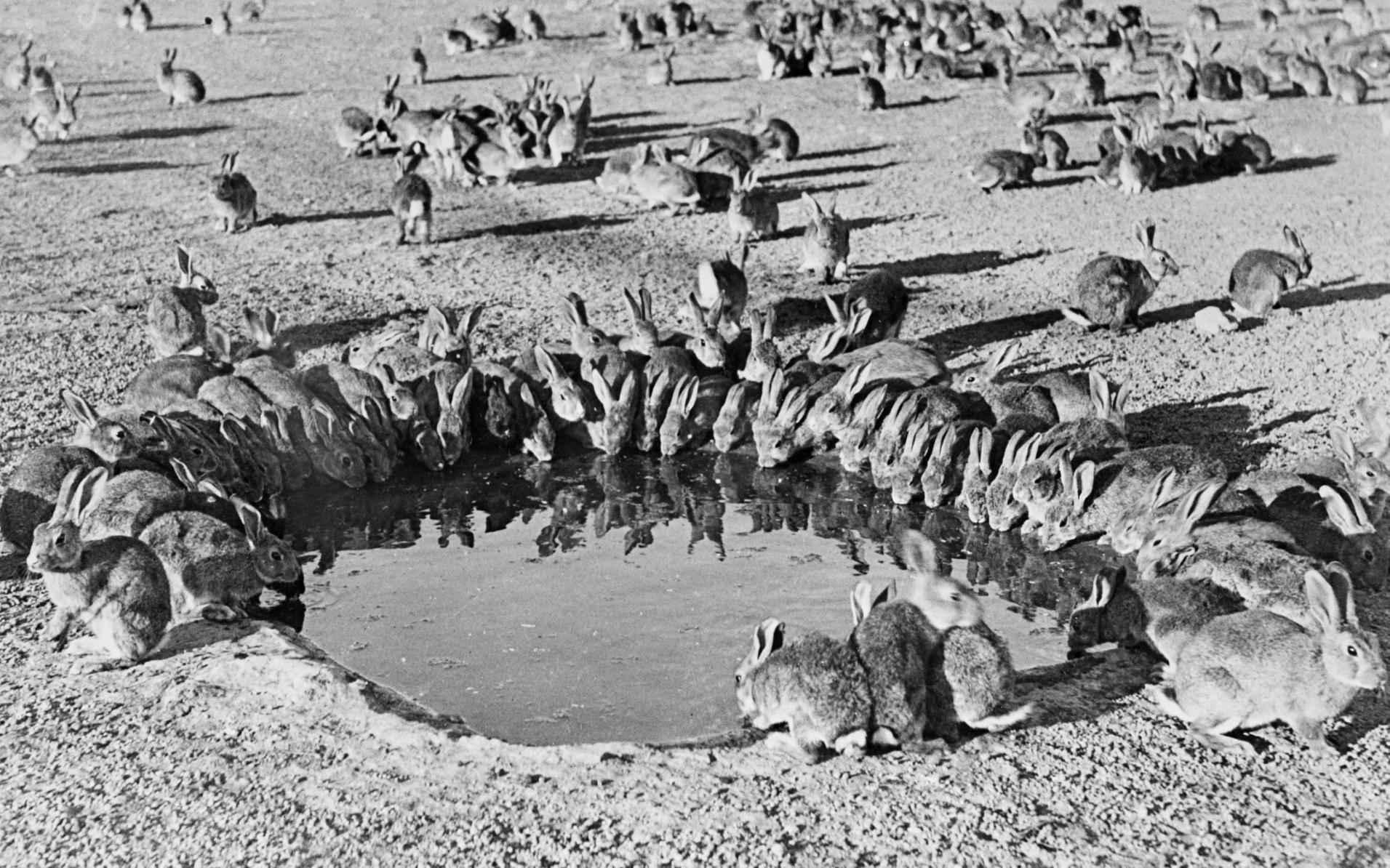Australia’s first introduced species
About 5000 years ago: The dingo arrives in Australia
Australia’s first introduced species
About 5000 years ago: The dingo arrives in Australia
In a snapshot
The dingo was the first species to be introduced to Australia, but it has been here for thousands of years and has become a part of the natural ecosystem. The dingo replaced the thylacine (also known as the Tasmanian tiger) as a top-order predator across most of Australia, and it probably contributed to the thylacine’s extinction on Australia’s mainland. Recently, there have been increasing concerns that eventually the dingo itself may become extinct.
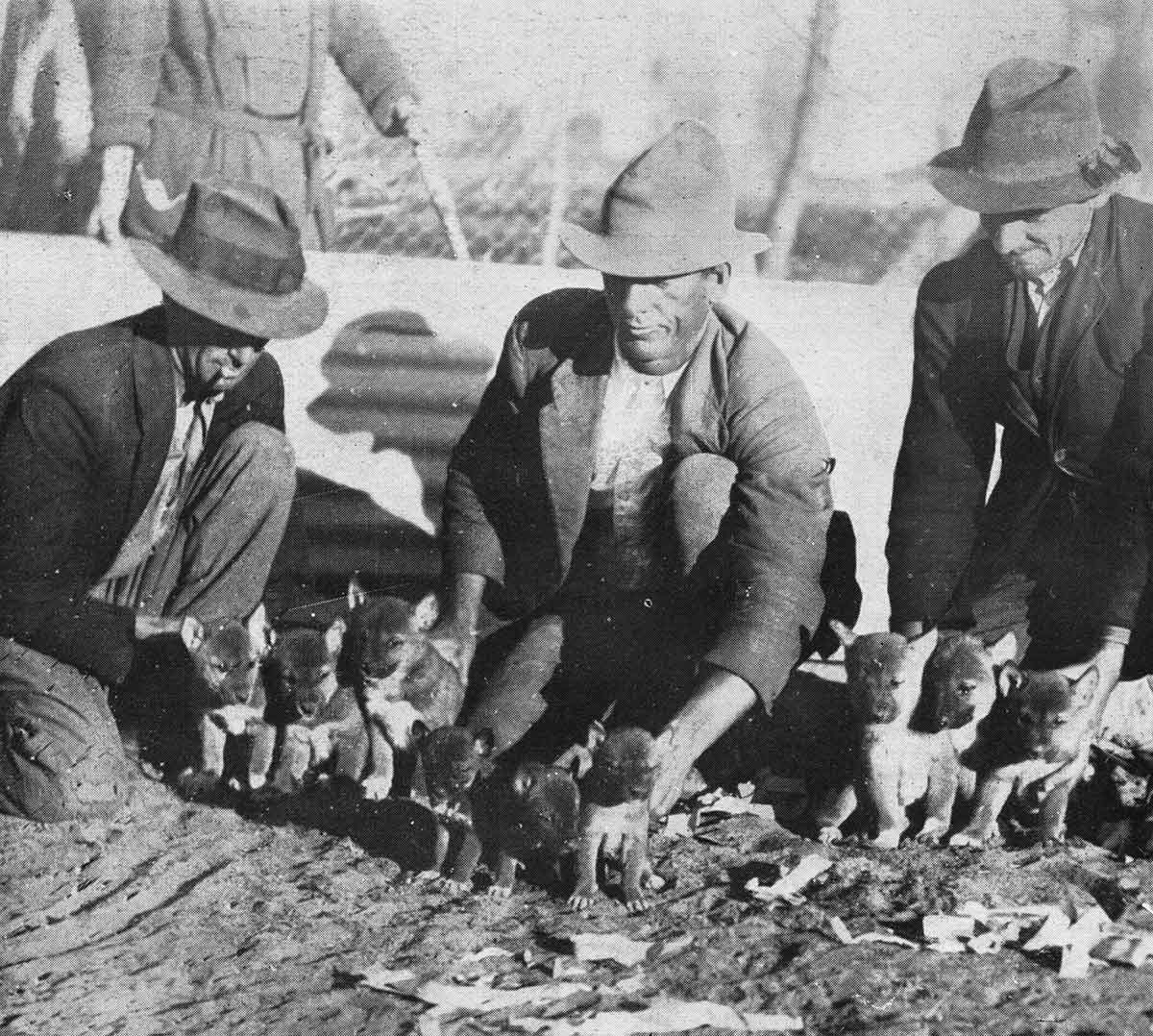
 Can you find out?
Can you find out?
1. How long have dingoes lived in Australia?
2. What evidence shows that First Nations peoples had (and continue to have) a close relationship with dingoes?
3. What started to happen to dingoes once Europeans began colonising Australia?
How did the dingo arrive in Australia?
The dingo is a medium-sized wild dog with an athletic-looking body. Its fur coat is usually either tan (light brown), black and tan or creamy white. As far as we know, the dingo is Australia’s first introduced species.
There are no dingo fossils in Tasmania, which means that dingoes must have arrived after rising sea levels separated Tasmania from mainland Australia about 12,000 years ago. In 1969 dingo bones found in Western Australia proved that dingoes were on the Australian mainland at least 3,500 years ago.
In 2011 and 2012 scientific studies of dingo DNA showed that dingoes are closely related to East Asian dogs. Scientists think that dingoes were probably brought to Australia by people from New Guinea between 5,000 and 10,000 years ago.
What effect did the dingo have on the Australian environment?
Before the dingo arrived, the thylacine lived all over Australia. The thylacine, also known as the Tasmanian tiger, was a native carnivorous marsupial that looked and acted a bit like a dog.
After the dingo arrived, the two animals had to compete for food and thylacine numbers began to drop. Scientists believe that the dingo’s arrival contributed to the thylacine’s extinction on mainland Australia, although human activity and a changing climate might also have affected the thylacine.
Dingoes never made it to Tasmania. That’s probably why the thylacine survived there long after all the mainland thylacines had disappeared.
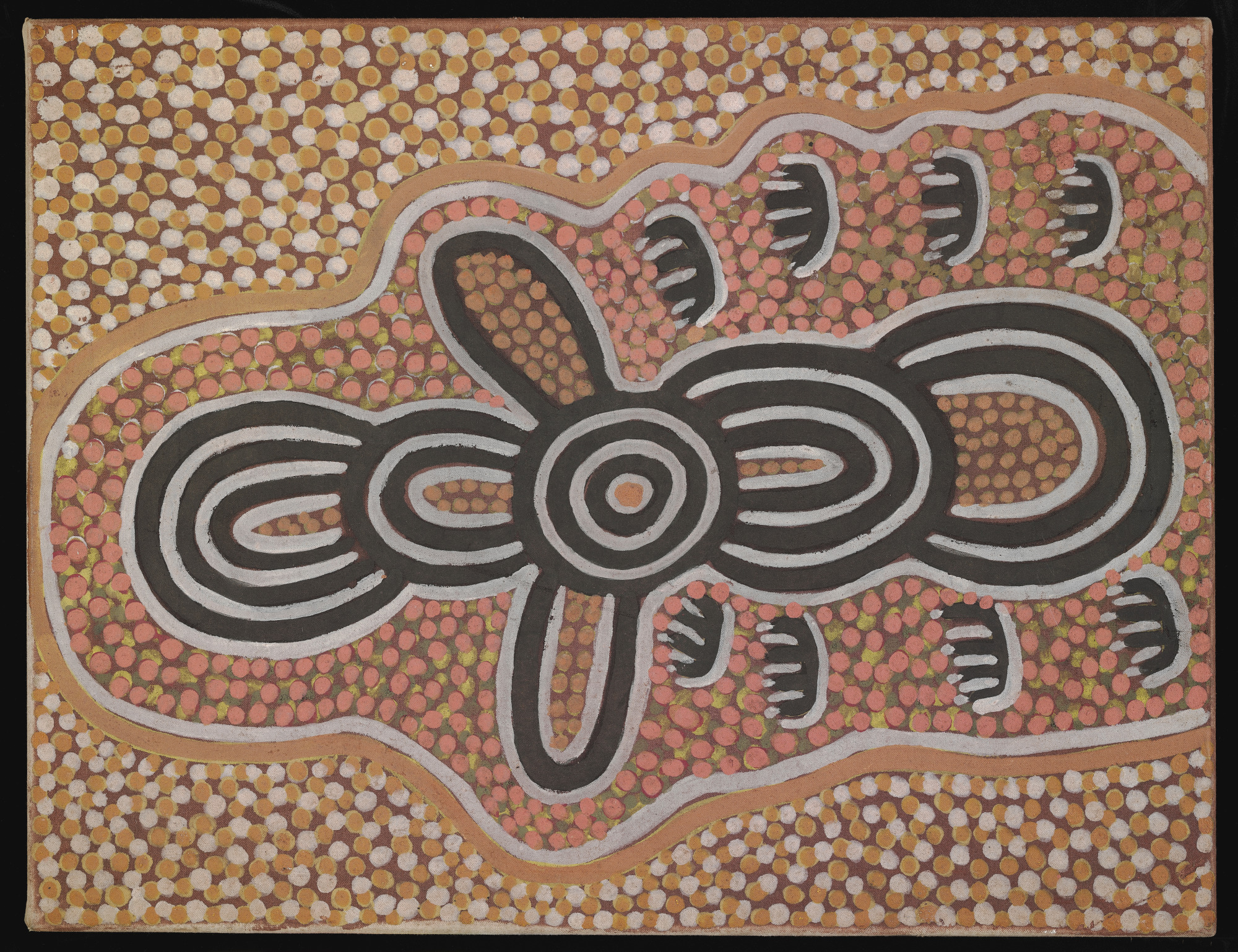

How did First Nations peoples interact with dingoes?
First Nations peoples have had a close relationship with dingoes over thousands of years. You can see dingoes in First Nations rock paintings in different parts of Australia, and they became part of First Nations peoples' family or kinship system. They sometimes became hunting dogs and pets, keeping guard over campsites at night.
‘Dingoes provided a companionship that had never before existed in Australia. These creatures were the first non-humans who answered back, came when called, helped in the hunt, slept with people and learned to understand some of the vocabulary of human languages. People gave them names, fitted them into the wider kinship structure and took care of dead dingoes in the same way they took care of dead people. Dingoes have been fitted into the sacred geography as extremely powerful Dreamings, and they now figure prominently in ritual, songlines and stories.’
Academic and author Deborah Bird Rose
How did Europeans react to the dingo?
The British began colonising Australia in 1788, and soon began to think of dingoes as a problem. Dingoes began to attack the sheep that the British people brought with them, so the settlers shot, trapped and later poisoned the dingoes. Because of this hunting, dingoes were forced out of south-east Australia.
Research task
Find out when the first recorded European sighting of a dingo was. What happened?
‘It will be a blessing for the squatters when the brutes are extinct.’
W. Beilby, The Dog in Australasia, 1897
How are dingoes treated today?
Dingoes are wild animals and natural predators. That means they can be dangerous to humans. Sometimes we hear of dingoes attacking children in popular camping areas. But these attacks are rare, and dingoes usually avoid people if they’re left alone.
Recently, people have begun to worry that the dingo may eventually become extinct. The International Union for the Conservation of Nature has listed the dingo as a vulnerable species.
Read a longer version of this Defining Moment on the National Museum of Australia’s website.
Research task
A famous incident took place in central Australia near Uluru in 1980 which became a major story about dingoes. Do some research to find out what it was.
 What did you learn?
What did you learn?
1. How long have dingoes lived in Australia?
2. What evidence shows that First Nations peoples had (and continue to have) a close relationship with dingoes?
3. What started to happen to dingoes once Europeans began colonising Australia?






